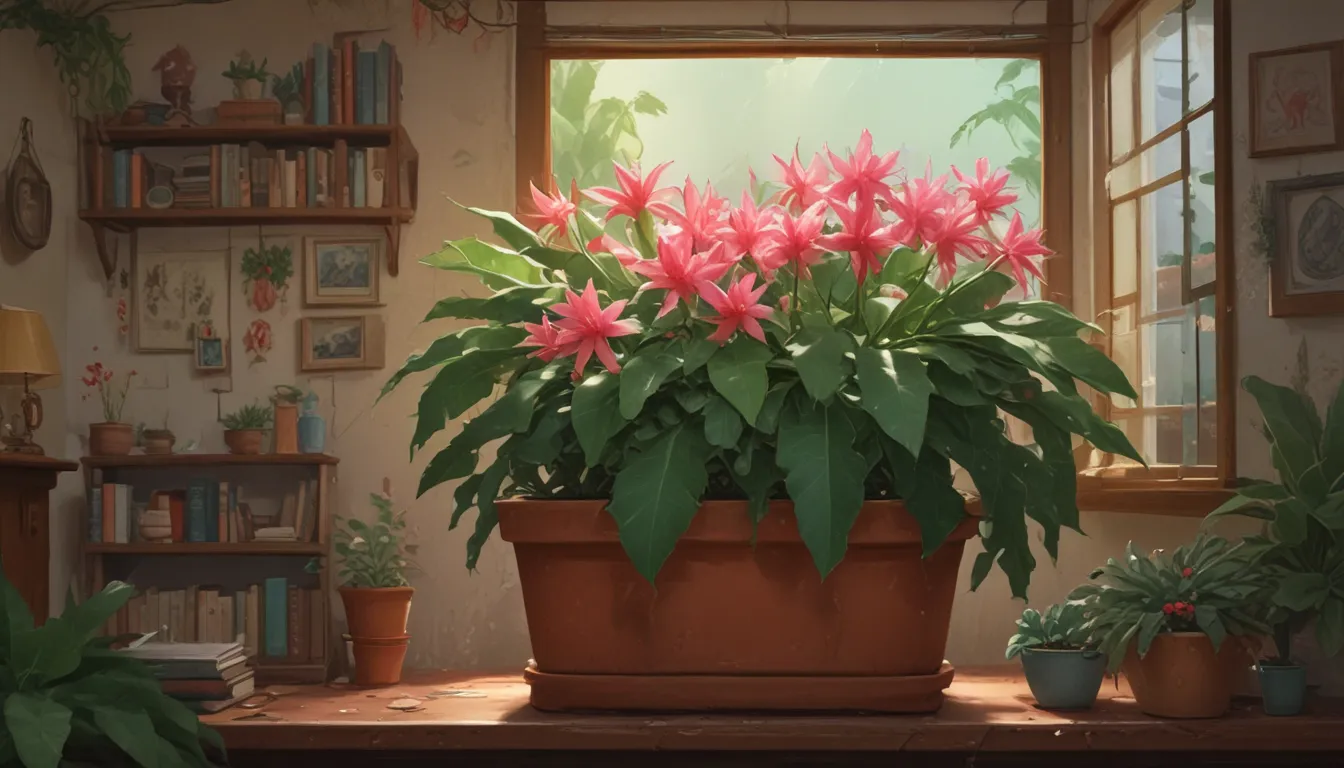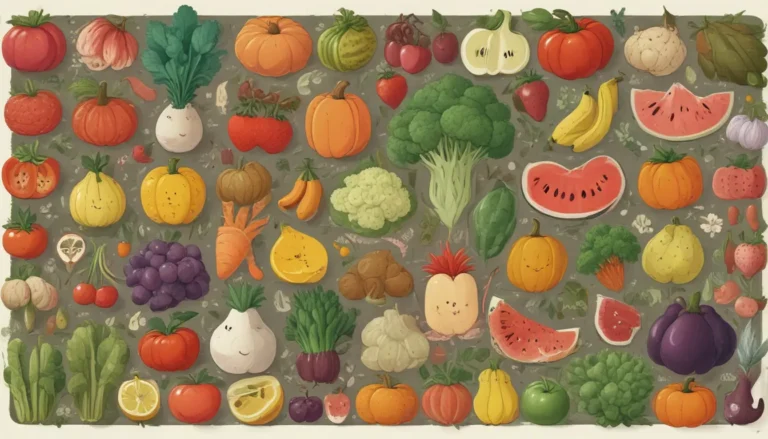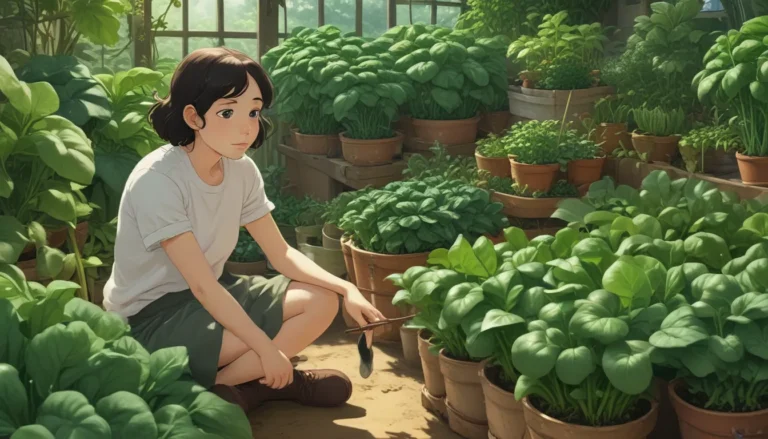How to Prevent Christmas Cactus Leaf Drop: 7 Common Causes and Solutions

Everyone loves the vibrant colors and unique shape of Christmas cacti, making them a popular houseplant worldwide. These succulents are known for their toughness and resilience, requiring minimal care to flourish and bloom. However, even these resilient plants can experience issues, with leaf drop being a common concern among gardeners.
Whether you are a seasoned plant enthusiast or just starting your indoor garden journey, understanding why your Christmas cactus is dropping leaves can help you address the problem effectively. In this guide, we will explore the most common causes of leaf drop and provide practical solutions to keep your holiday cactus healthy and thriving.
Reasons Why Christmas Cacti Drop Leaves
- Disease
- Inappropriate Temperature
- Not Enough Light
- Nutrient Deficiency
- Pests
- Too Little Water
- Too Much Water
Let’s dive into each of these issues and learn how to address them to ensure the well-being of your Christmas cactus.
Disease: Identifying and Treating Fusarium Wilt
While disease is a less common cause of leaf drop in Christmas cacti, it can occur, especially in cases of overwatering. Fusarium wilt, caused by the fungus Fusarium oxysporum, can lead to leaf drop if left untreated. Look out for tan lesions or black spots on the foliage, indicating a potential fungal infection.
To treat Fusarium wilt, consider these steps:
– Remove the plant from its container and inspect the roots for signs of infection.
– Trim off any affected roots and apply a copper fungicide to prevent further spread.
– Repot the plant with fresh soil to promote healthy growth.
Inappropriate Temperature: Maintaining Ideal Conditions
Christmas cacti prefer temperatures between 50°F and 90°F to thrive. Exposure to extreme temperatures can cause flower buds or leaves to drop. Ensure your plant is not placed near drafty windows or doors that can lead to temperature fluctuations.
To create a suitable environment for your Christmas cactus:
– Keep the plant away from single-pane windows or exterior doors.
– Provide supplemental lighting or place the plant near well-insulated windows.
Not Enough Light: Enhancing Lighting Conditions
While Christmas cacti can tolerate indoor lighting, they thrive in direct sunlight during certain seasons. Insufficient light can result in leaf drop and pale foliage. To prevent this issue, consider:
– Offering direct sunlight in fall and winter, and bright, indirect light in spring and summer.
– Moving the plant to a spot with adequate natural light to promote healthy growth.
Nutrient Deficiency: Feeding Your Christmas Cactus
Despite their low maintenance nature, Christmas cacti require proper nutrition to support growth and blooming. If you notice signs of nutrient deficiency, such as yellowing leaves, consider fertilizing your plant regularly and replenishing the soil every few years.
To provide essential nutrients to your Christmas cactus:
– Use a balanced NPK fertilizer once a month from late winter to fall.
– Add Epsom salt dissolved in water two weeks after fertilizing to boost magnesium levels.
– Repot the plant with fresh soil if the current substrate is depleted.
Pests: Identifying and Eliminating Common Insects
Sap-sucking pests like aphids, spider mites, and mealybugs can weaken Christmas cacti, leading to leaf drop. If you notice symptoms like yellow leaves and sticky residue on the foliage, inspect the plant for signs of infestation and take appropriate measures to control pests.
To address pest infestations effectively:
– Identify the type of insect affecting your plant.
– Use natural or chemical remedies to eliminate pests and protect your Christmas cactus.
Too Little Water: Ensuring Proper Hydration
While Christmas cacti are resilient to drought, chronic underwatering can cause leaf shriveling and discoloration. To prevent dehydration, establish a consistent watering schedule and monitor the plant’s moisture needs.
To maintain adequate hydration for your Christmas cactus:
– Water the plant regularly, ensuring the soil is moist but not waterlogged.
– Avoid prolonged periods of drought to prevent leaf drop and plant wilting.
Too Much Water: Preventing Overwatering Issues
Overwatering is a common problem that can lead to root rot and subsequent leaf drop in Christmas cacti. To prevent this issue, allow the soil to dry out between waterings and avoid excessive moisture in the root zone.
To avoid overwatering your Christmas cactus:
– Monitor the soil moisture and wait for the top inch to dry out before watering.
– Consider mounting the plant on wood or wire to improve drainage and prevent waterlogging.
By addressing these common causes of leaf drop in Christmas cacti, you can ensure the health and longevity of your beloved plant. Remember to observe your plant’s behavior, provide adequate care, and seek help if you encounter persistent issues.
Conclusion
Christmas cacti are beautiful and resilient plants that can bring joy to any indoor garden. By understanding the reasons behind leaf drop and implementing the suggested solutions, you can maintain a healthy and vibrant holiday cactus throughout the year.
Have you experienced leaf drop in your Christmas cactus? Share your successful interventions or ongoing challenges in the comments below. Let’s continue the conversation and support one another in nurturing our precious plants.
For more information on caring for holiday cacti, explore our additional guides:
– Tips for Growing Christmas Cactus Outdoors
– Why Do I See Hair-Like Roots on My Christmas Cactus?
– How to Propagate Christmas Cactus from Cuttings
Remember, a little extra care goes a long way in keeping your Christmas cactus happy and thriving all season long. Happy gardening!





